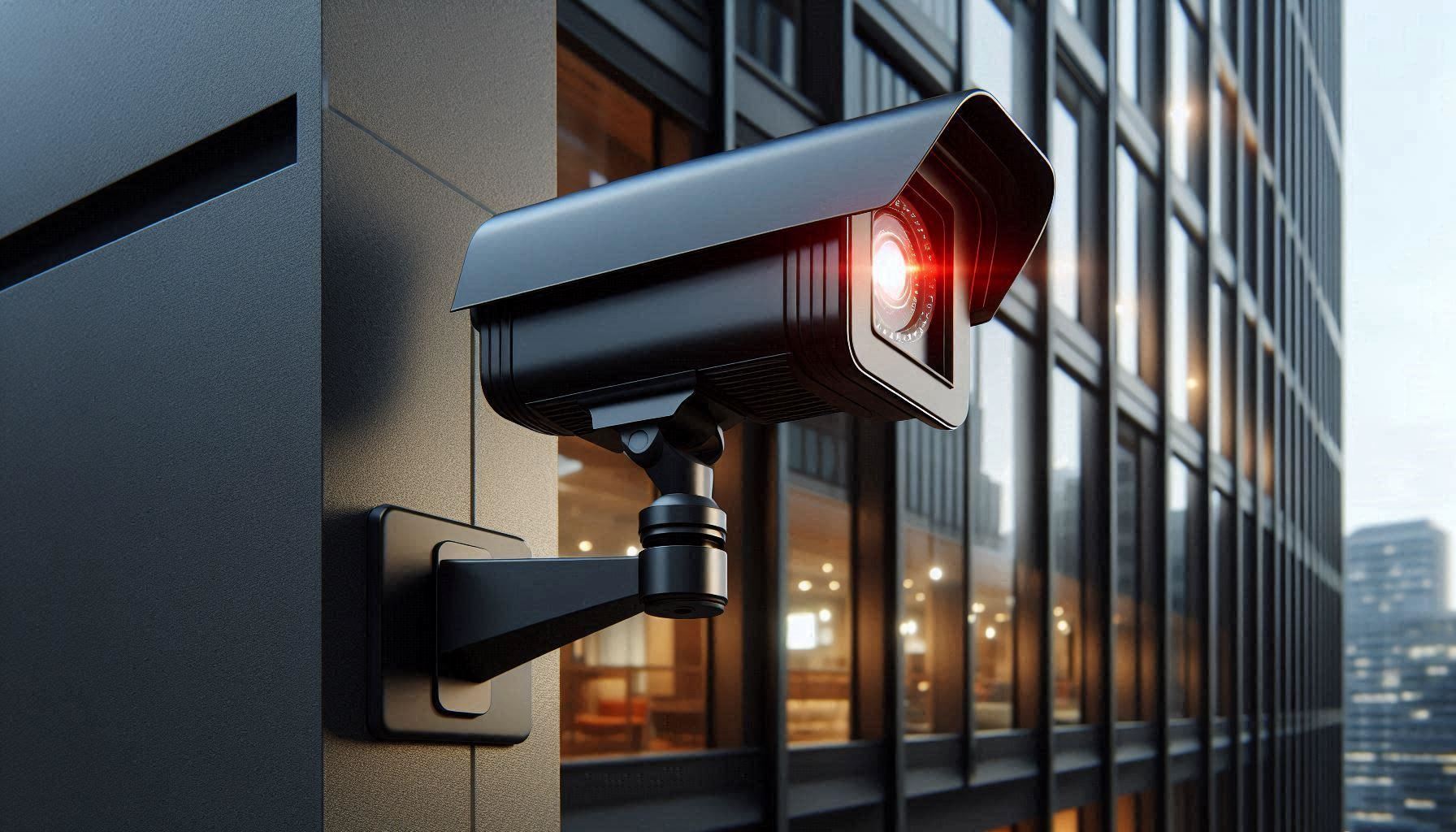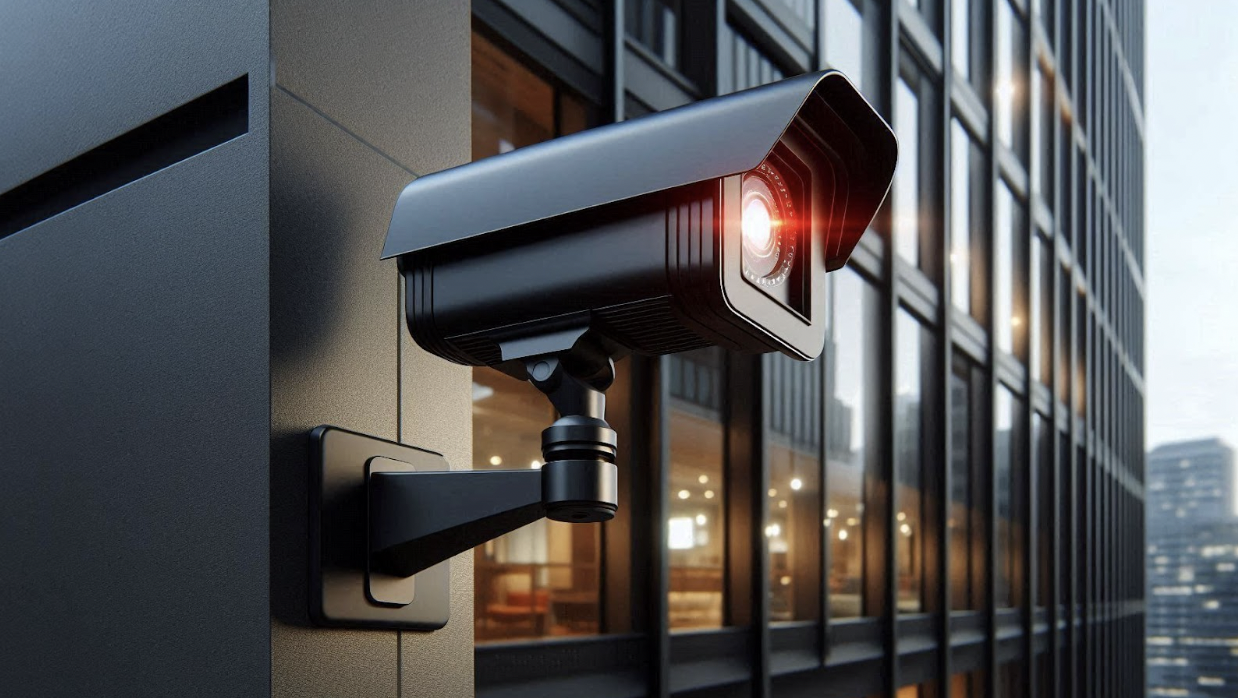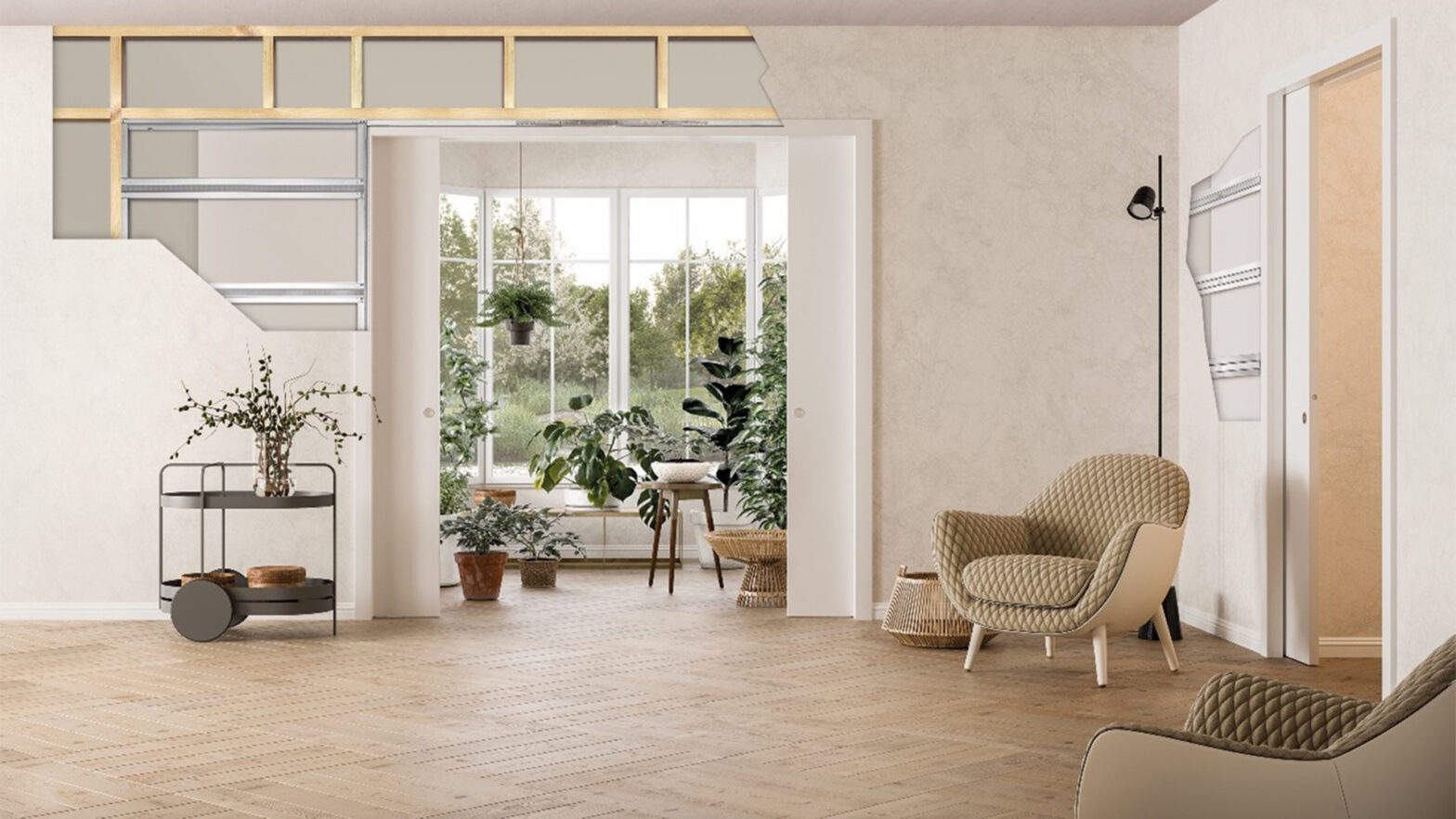
Image Source: Microsoft Copilot
Today, the latest smart building projects blend technology with architecture to create highly efficient and secure environments. Cutting-edge security systems are pivotal in this transformation, ensuring safety while optimizing operations.
With that in mind, here’s a round-up of what you need to know about the solutions which are shaping smart building security as we speak.
The Evolution of Security in Smart Buildings
Gone are the days when basic alarms and simple surveillance sufficed. Modern smart buildings demand more sophisticated solutions to ensure comprehensive protection and operational efficiency. And since there are over 42,000 break-ins at commercial premises each year, it’s an imperative to prevent malicious parties as well.
The good news is that central station alarm monitoring software, particularly UL-listed options, are empowering organizations of all sizes in this context. These platforms offer unparalleled real-time threat detection and management capabilities that are critical for modern infrastructures.
So, why does central station monitoring matter?
- Enhanced Real-Time Response: Centralized systems enable immediate action against threats. Operators can remotely manage multiple sites simultaneously.
- Advanced Analytics: The latest tech utilizes AI to predict potential breaches before they occur. Better still, continuous learning improves system accuracy over time. We’re already seeing AI applied in other areas, including structural engineering, and its relevance from a security perspective proves how versatile it can be.
- Integrated Systems: These combine various security devices like cameras, sensors, and alarms into one cohesive unit. This then further simplifies management with unified dashboards.
The idea is that you can set up an office building where every entry point is monitored by intelligent cameras linked to a central hub capable of assessing unusual activities instantly. This level of oversight drastically reduces vulnerabilities compared to traditional methods.
In practical terms, these innovations translate directly into better safety outcomes:
- Early fire or hazard detection prevents costly damages.
- Automated alerts keep tenants informed during emergencies.
- Reduced false alarms increase system reliability and trustworthiness.
As the year progresses, adopting such robust security measures becomes less about choice and more about necessity for those managing cutting-edge facilities.
Best Practices for Integration
Integrating advanced security systems into smart building projects involves strategic planning and a keen understanding of both technology and infrastructure. And since $236.3 billion was spent on this tech in the last 12 months alone, it’s important to be savvy about where spending is focused to maximize ROI. Here are some practical tips to ensure seamless incorporation:
1. Conduct a Comprehensive Needs Assessment
- Identify potential vulnerabilities within the existing structure.
- Determine what you want to achieve with your security system – be it enhanced surveillance, better access control, or more efficient emergency response.
2. Choose the Right Technology Partners
- Look for providers with proven expertise in smart building solutions.
- Confirm that the new systems will integrate smoothly with existing infrastructure.
3. Prioritize Interoperability
- Implement solutions that work seamlessly together to avoid fragmented management systems.
- Ensure all components – from cameras to alarms – communicate effectively within one unified platform.
4. Embrace Modular Design
- Plan for scalability by opting for modular components that can be easily upgraded as needs evolve.
- Use flexible configurations allowing you to adapt quickly without significant overhauls.
5. Incorporate AI and Machine Learning Early On:
Utilizing artificial intelligence isn’t just about reacting faster; it’s about predicting issues before they arise:
- Automated anomaly detection helps identify unusual patterns that could signify threats.
- Continuous learning models improve efficiency and reduce false positives over time.
By embedding AI capabilities from the start, like implementing automated threat analysis software alongside physical security measures, buildings become more intuitive – a critical step towards creating truly intelligent environments.
6. Train Staff Adequately
Even the most sophisticated technology is ineffective if operators lack proper training. As such:
- Provide comprehensive onboarding sessions covering system operations and troubleshooting basics.
- Regular refresher courses keep staff up-to-date on new features or updates ensuring maximum utilization of available tools.
Wrapping Up
This brief primer on the dawning of a new era for security systems in smart buildings should whet your appetite to find out more – and if you’ve got projects bubbling away in the background which stand to benefit from recent breakthroughs, then it’s up to you to adopt what’s out there, as outlined.


































